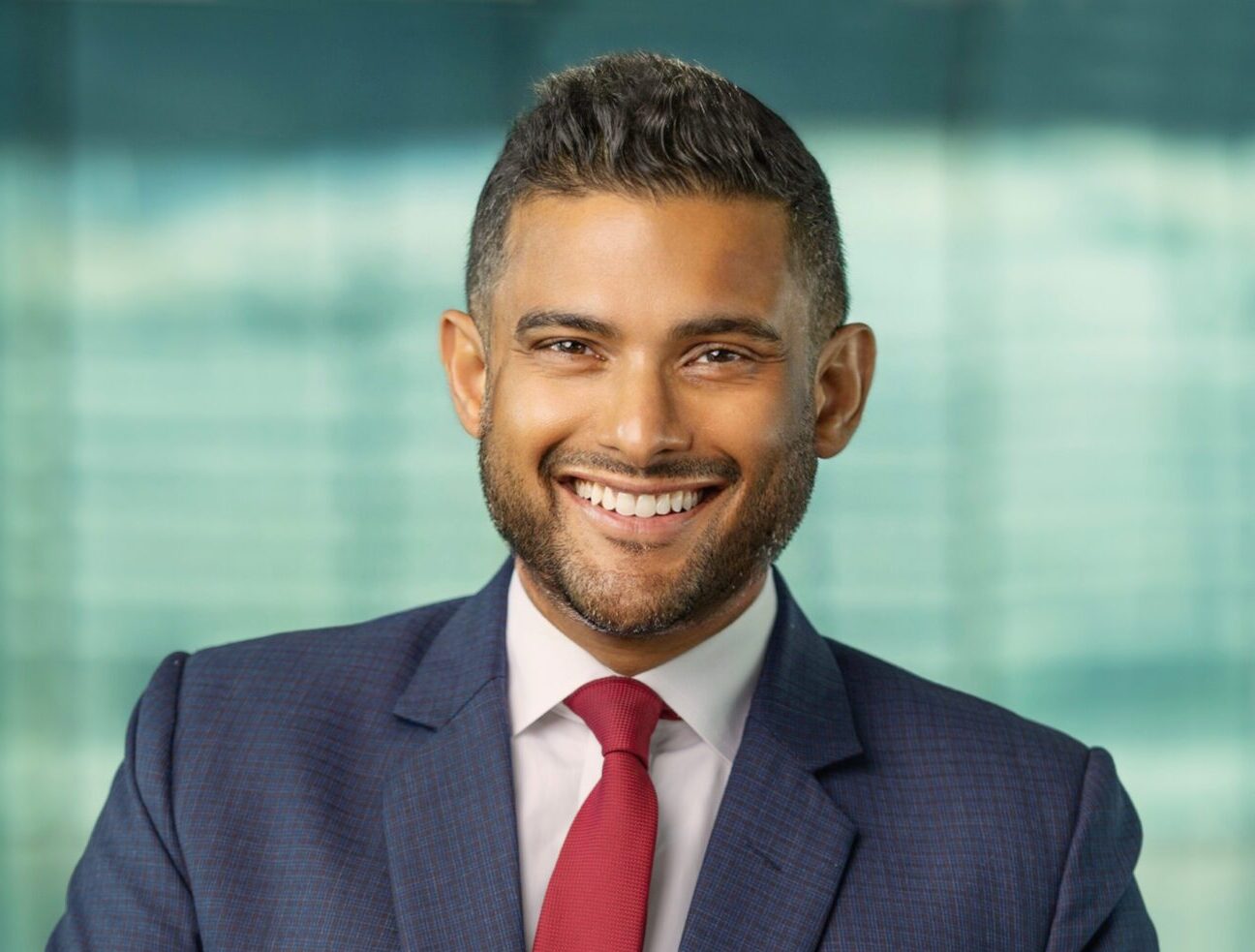Skift Take
Etihad’s fresh management team is seeking to avoid the mistakes of the past and deliver blockbuster growth. Speaking exclusively to Skift, Arik De tells us why this time is different.

Leaders of Travel: Skift C-Suite Series
What are the top trends impacting hotels, airlines, and online bookings? We speak to the executives shaping the future of travel.
You wouldn’t know it today, but there was a time when Etihad Airways eyed global domination. Aiming to mirror massive growth at Dubai-based Emirates (now the world’s largest international airline), the UAE’s two largest carriers were locked in a big-money battle for supremacy.
Before the pandemic turned the industry upside down, Etihad endured a bruising 2010s. A sharp recalibration of the business and subsequent down-sizing left many wondering about the company’s place in a crowded market.
Under fresh leadership and with a sense of renewed purpose, the airline is recording some of its strongest results in years. For the latest in our Leaders of Travel: Skift C-Suite Series, Skift met Arik De, Chief Revenue and Commercial Officer at Etihad Airways to learn more about the company’s ambitious growth strategy.
Growth, But Not at Any CostSkift: There’s plenty of industry chatter about Etihad’s ‘Journey 2030’ plan and the ambitious targets attached to it. Can you remind us of the key goals and give us a status report on the company’s progress?
Arik De: The top line is we're actually ahead of time. Roughly speaking, we’re probably around 10% ahead of what we thought we would be this year and the overall trend looks pretty healthy. We started this broad transformation a year and a half ago. With Journey 2030 we will go from roughly 96 aircraft today to around 170. We're going to end 2024 having carried around 17 million guests. By 2030 this will probably be around 35 million. We currently fly to around 80 destinations, we’ll probably end Journey 2030 with between 140 and 150.
The plan has a lot of flexibility in it. I think we learned a lot of lessons from the past. We are very cautious in making sure that whatever we do makes sense from a financial perspective, and have a fleet plan that backs up this flexibility.
How have the company’s perspectives changed since the pandemic?
Coming out of Covid, one of the first things we needed to do was look at ourselves in the mirror and understand why our historical performance from a revenue perspective was not delivering. It was great to be face-to-face with ourselves in the mirror and identify the things we needed to fix. We did that very quickly. Having done that, our revenue recovery rate is among the best in the world.
It’s also important to highlight what we did ri

